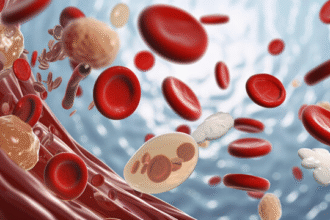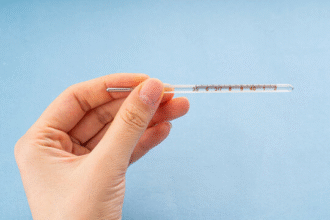Classification of Atherosclerotic Lesions
The American College of Cardiology classifies atherosclerotic lesions into six types based on their progression. This classification provides valuable insights into the development and characteristics of atherosclerotic plaques, aiding in diagnosis and treatment planning.
Key Points
- Atherosclerotic lesions progress through six types, from initial lesions to complex plaques.
- Each type is characterized by specific cellular and structural changes in the arterial wall.
- Advanced lesions can lead to complications such as thrombosis, occlusion, and embolism.
Types of Atherosclerotic Lesions
Type I: Initial Lesion
- Characteristics:
- Commonly seen in infants and children.
- Small yellow spots appear in the arterial intima.
- Cellular changes:
- Macrophages phagocytose lipids, forming foam cells and lipid spots.
Type II: Lipid Streak
- Characteristics:
- Yellow streaks appear in the arterial intima.
- Layers of macrophages containing lipid droplets are present.
- Cellular changes:
- Smooth muscle cells in the intima also contain lipid droplets.
- Extracellular lipid droplets are present, primarily cholesterol esters.
- Subtypes:
- Type IIa: Thickened intima with numerous smooth muscle cells; faster progression.
- Type IIb: Thin intima with fewer smooth muscle cells; slower progression.
Type III: Pre-Plaque Stage
- Characteristics:
- Numerous extracellular lipid droplets form a lipid core between smooth muscle layers.
- Lipid pools have not yet formed.
Type IV: Atheroma
- Characteristics:
- Extensive lipid accumulation forms lipid pools.
- Fibrous cap has not yet formed.
- Structural changes:
- Intima is disrupted, with smooth muscle cells and intercellular matrix replaced by lipids.
- Arterial wall deformation occurs.
Type V: Fibroatheromatous Plaque
- Characteristics:
- White plaques protrude into the arterial lumen, causing narrowing.
- Subtypes:
- Type Va: Contains smooth muscle cells, macrophages, T lymphocytes, and lipid pools surrounded by collagen and elastic fibers.
- Type Vb: Contains more lipids and is layered.
- Type Vc: Contains more collagen fibers.
- Structural changes:
- Fibrous cap forms, covering the lipid pool.
- Intima is destroyed within the lesion.
Type VI: Complex Lesion
- Characteristics:
- Advanced lesions with hemorrhage, necrosis, ulceration, calcification, and mural thrombosis.
- Subtypes:
- Type VIa: Plaque rupture or ulceration.
- Type VIb: Intramural hematoma.
- Type VIc: Thrombosis.
- Complications:
- Plaque rupture leads to atherosclerotic ulcers, embolism, and thrombosis.
- Mural thrombosis exacerbates lumen stenosis and may cause occlusion.
Implications for Vascular Health
- Progression:
- Lesions progress from lipid accumulation to complex plaques with significant structural changes.
- Complications:
- Advanced lesions can lead to vascular events such as thrombosis and embolism.
Challenges and Future Directions
- Challenges:
- Early detection and classification of lesions remain difficult.
- Managing advanced lesions to prevent complications.
- Future directions:
- Advances in imaging techniques for lesion characterization.
- Development of targeted therapies for specific lesion types.
Patient and Public Education
- Raise awareness of the progression and risks of atherosclerotic lesions.
- Promote healthy lifestyle choices to prevent lesion development.
- Encourage regular health check-ups for early detection and management.
Understanding the classification and progression of atherosclerotic lesions is essential for improving vascular health and reducing the burden of cardiovascular disease.







